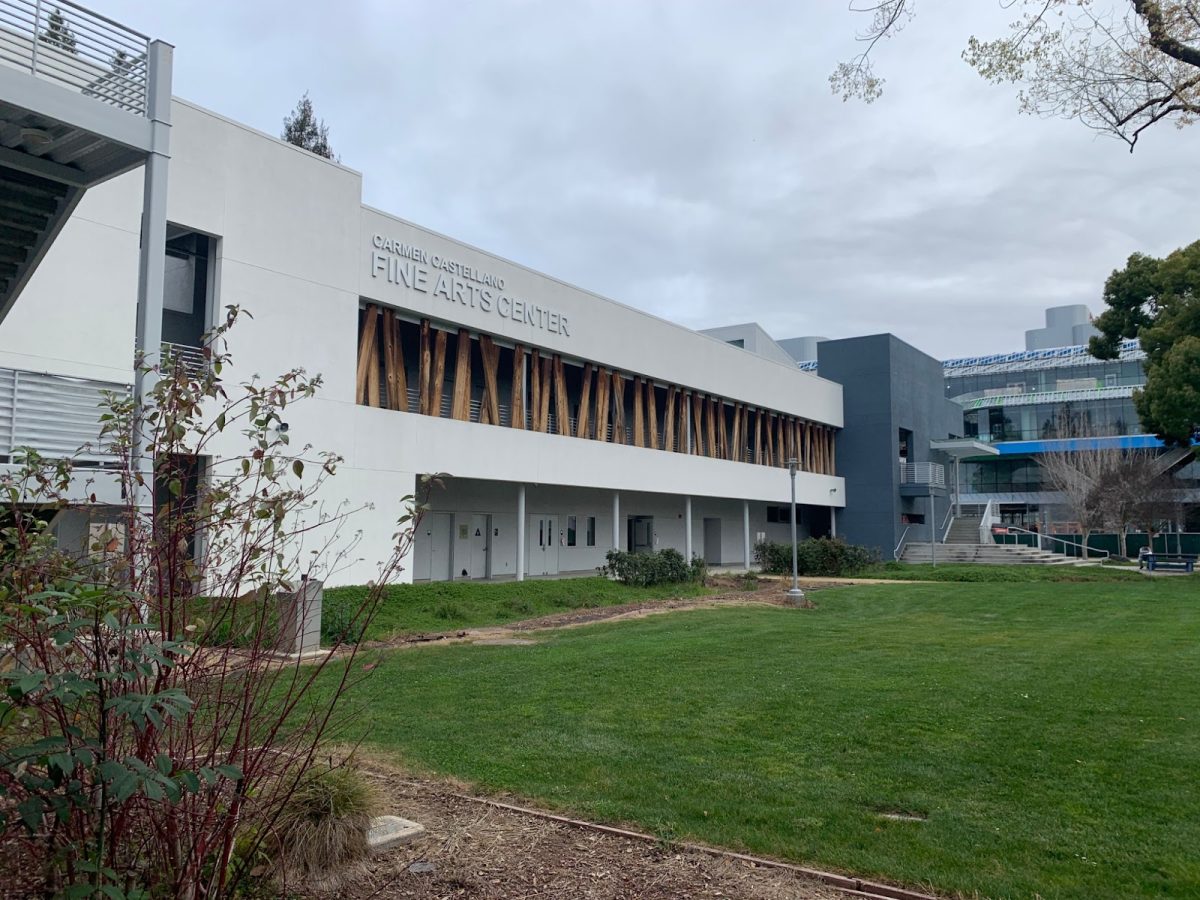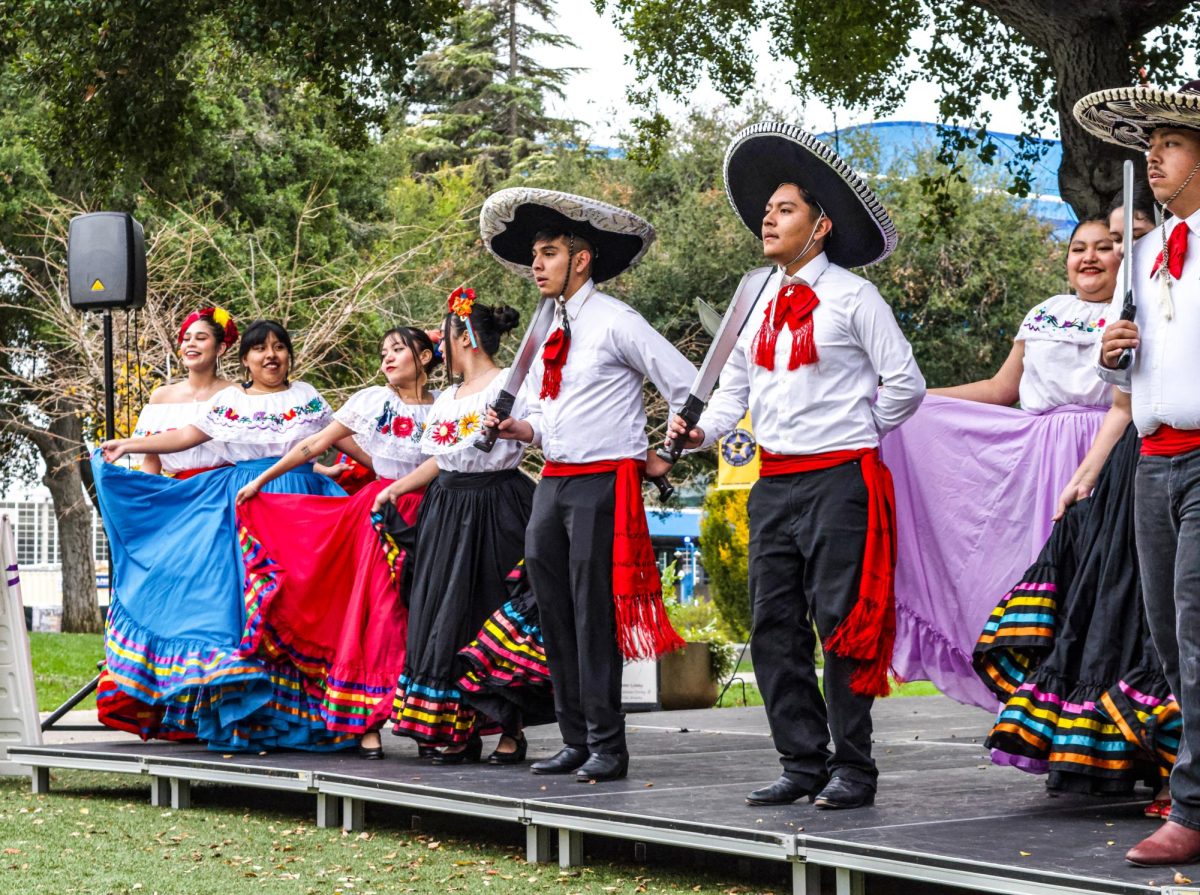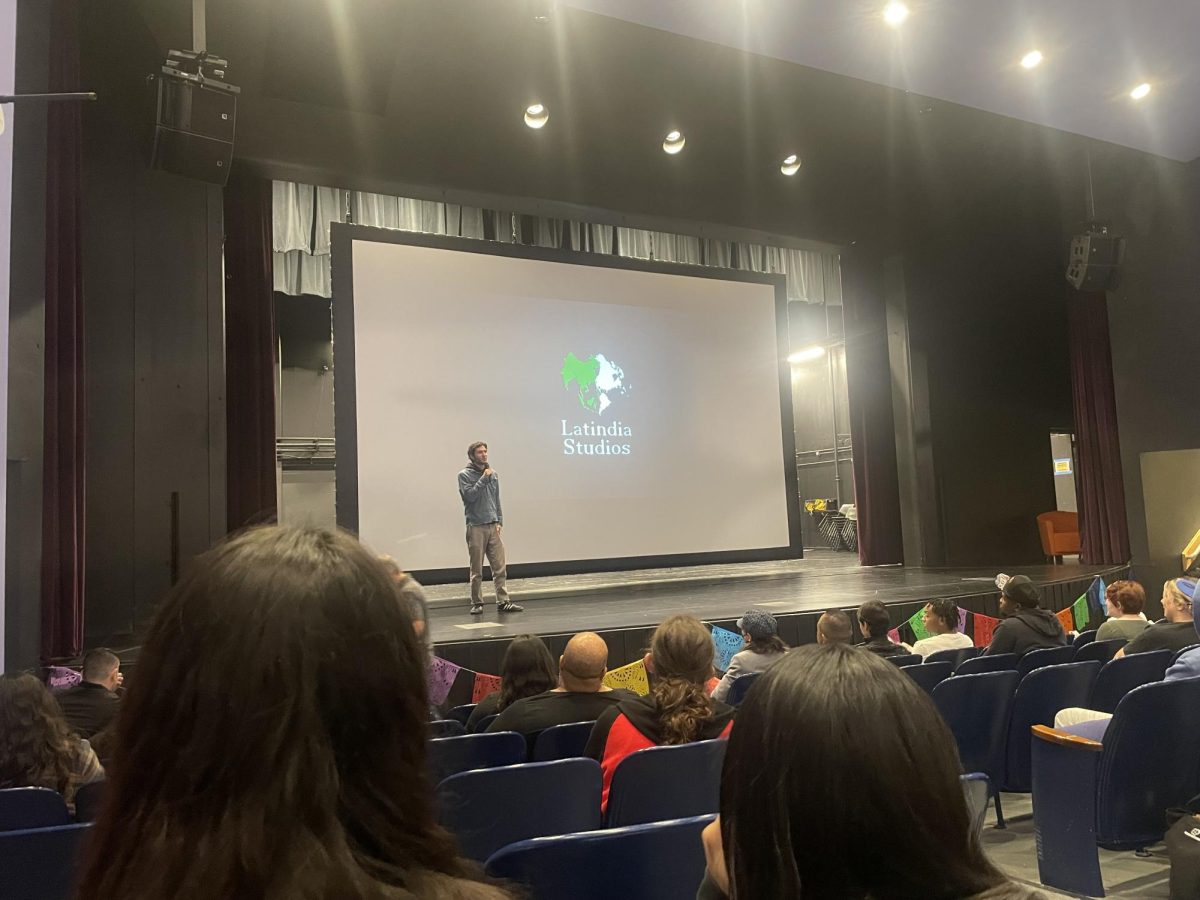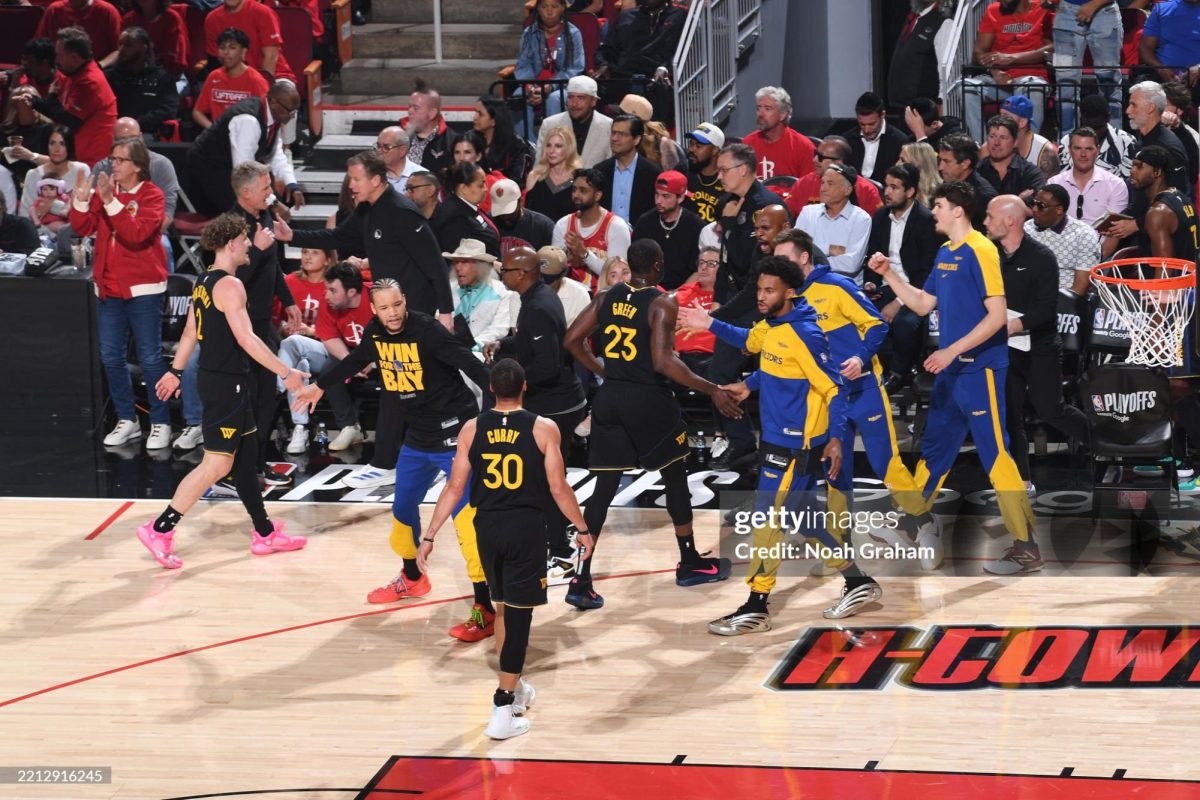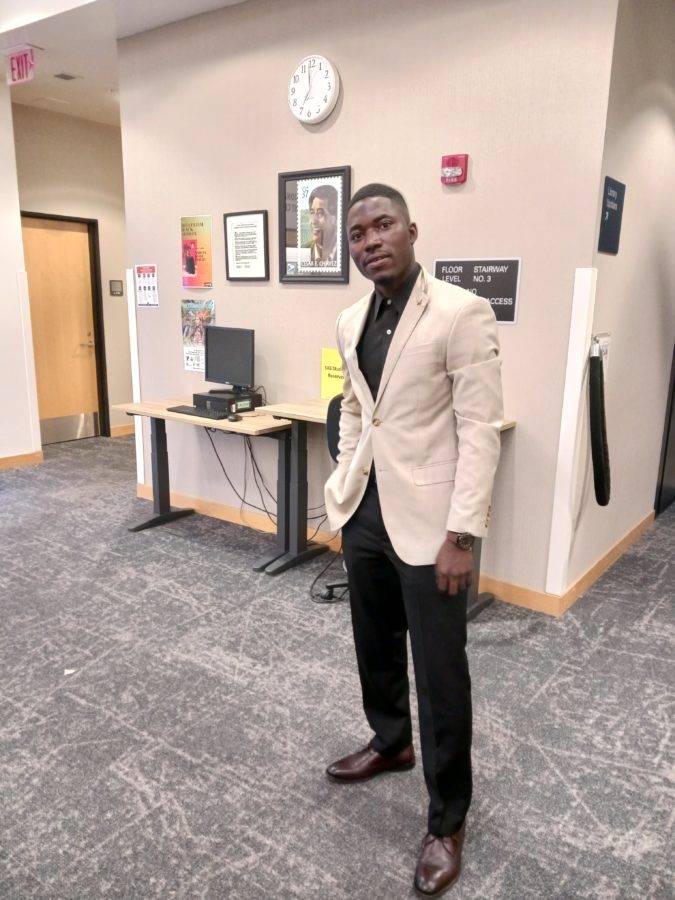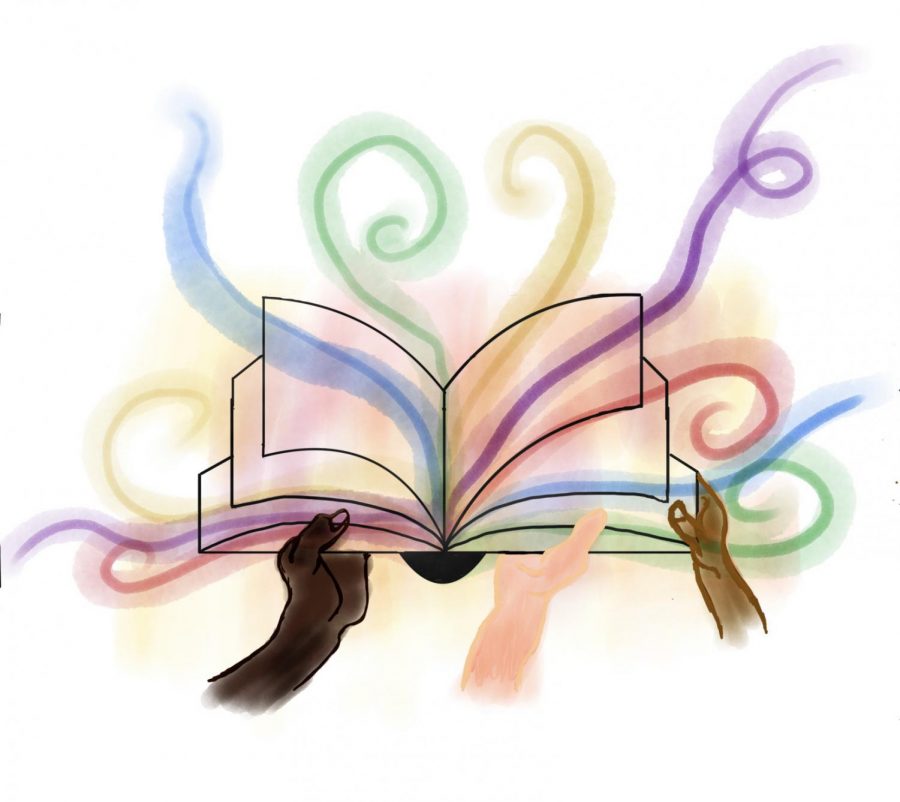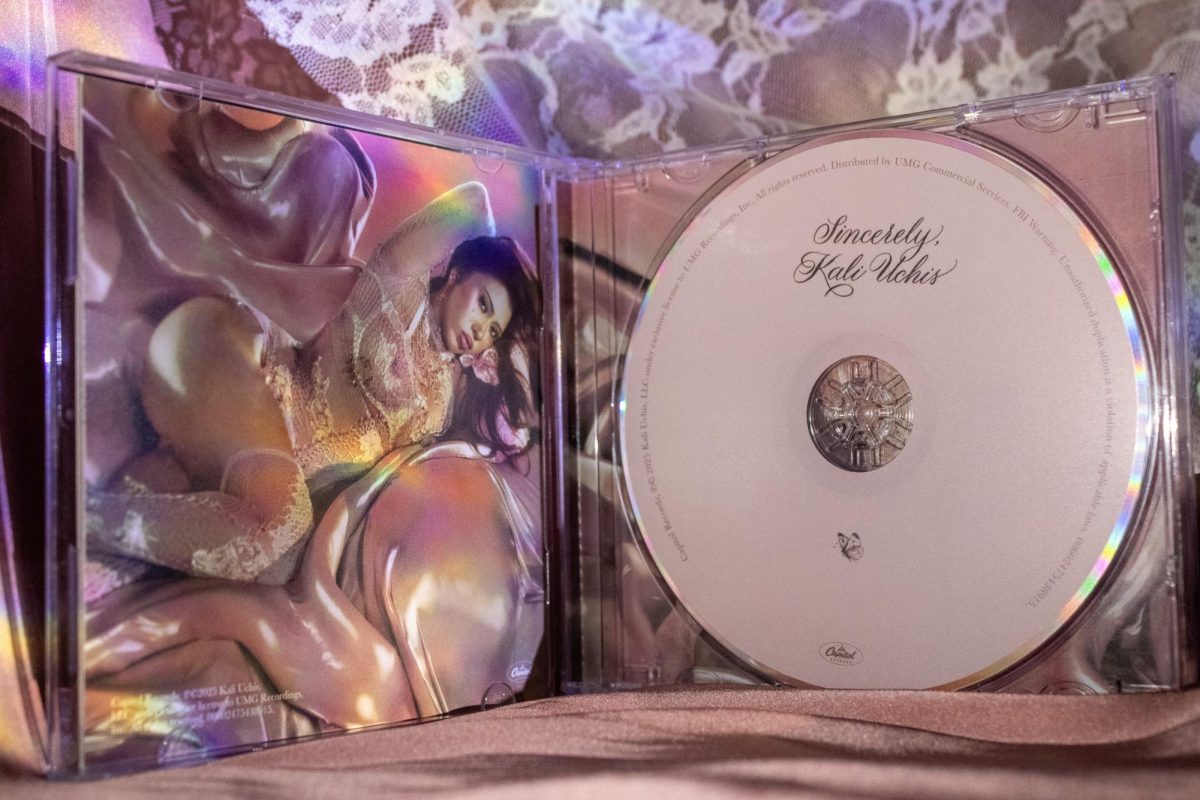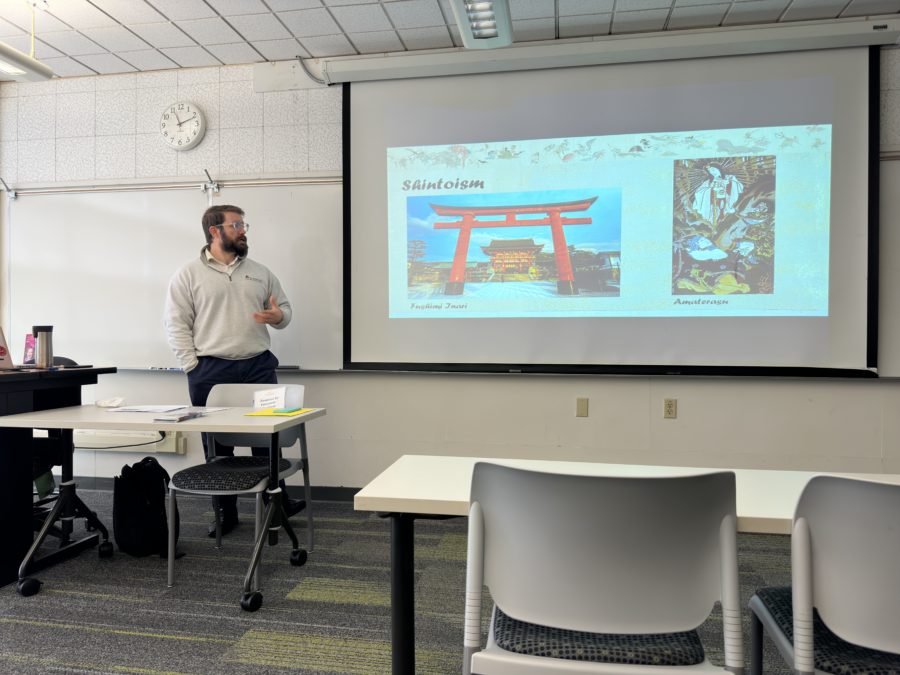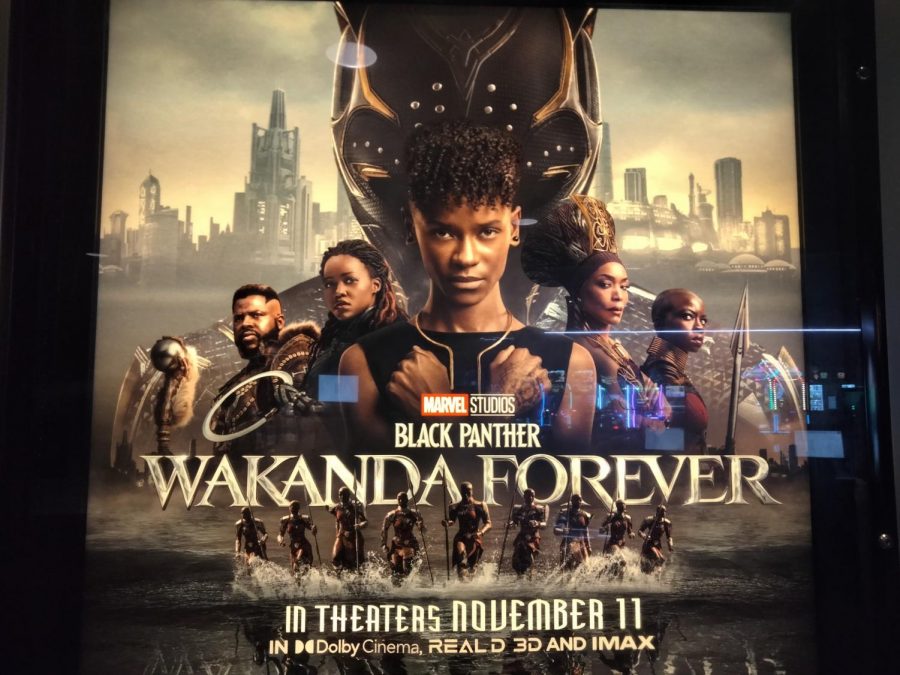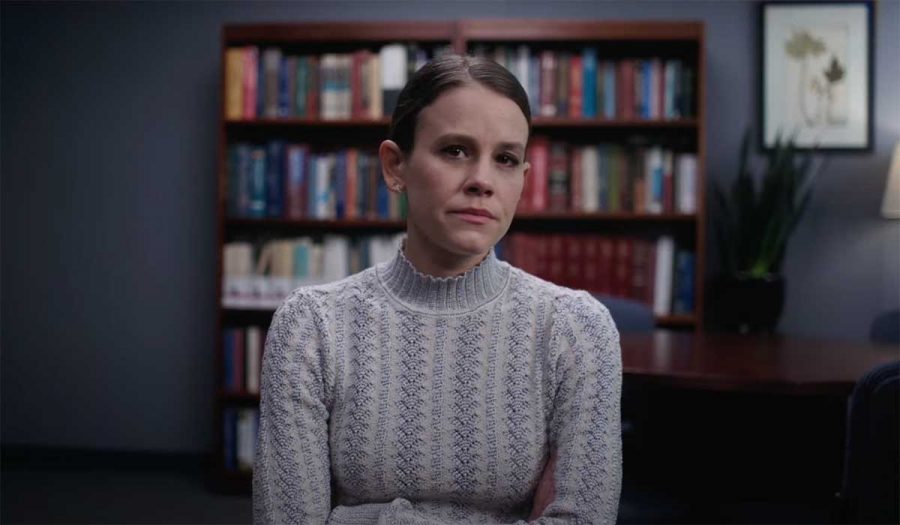Hollywood’s film industry is known for its long history of Asian character and culture whitewashing. From John Wayne playing Mongol leader Genghis Khan, to Scarlett Johansson starring in films such as “Ghost in the Shell,” based in Japanese manga.
It’s not that Hollywood isn’t able to find Asian actors to cast them in films that are, after all, supposed to represent the Asian culture; it is just that it really doesn’t think representation is as important as it actually is.
If viewers show interest in films that are meant to represent their culture or even a different culture they have an interest in, Hollywood will produce more of these films. If the demand increases, the supply will also increase; it is simple Economics applied to a specific scenario.
All this said, “Crazy Rich Asians” has done representation the way it should be done, similar to the way in which “The Joy Luck Club” achieved it in 1993; they embody Chinese culture as people who can have problems and feelings that go further than the usual stereotypes. It makes sure to represent a wide range of Chinese people, not only the Asian stereotypes that Hollywood has made sure non-Asian viewers are aware of, from Asian-born Chinese, to American-Chinese, to rich Chinese, to poor Chinese.
Its plot centers on Chinese-American Economics Professor Rachel Wu, whose boyfriend, Nick Young, is part of one of the wealthiest families in Singapore. Unbeknown to Rachel, Nick’s family is very particular about who they let into their social circle; especially about people they don’t consider “Asian” enough or rich enough.
The film is based on the first novel of Kevin Kwan’s trilogy. Kwan served as an executive producer to the film, to assure the story would be told as he intended it to be told, without whitewashing involved. And it proved to be a good decision.
Even though there are no white actors in starring roles, acting, music, setting, visual effects and most importantly: cultural representation, make of the film a true piece of modern cinema.
Some of the scenes lack editing perfection, especially while characters are talking and the cuts between camera positions do not match; nevertheless, this is almost unnoticeable unless the viewers are analyzing the film in depth. Except for a few awkward transitions between scenes, in which the viewer loses sense of what’s going on, the cinematography is spectacular. Vanja Černjul, the film’s cinematographer, took advantage of each setting in Singapore and Malaysia he was working with; most noticeably, the Marina Bay Sands Hotel Tower in Singapore, where the final scene is shot. It is also home to the to the world’s largest infinity pool.
Lastly, regarding the score and the soundtrack, when combined with the cinematography, give the film a fresh, and authentic cultural vibe. Yet the score was too much at times. Some scenes should have had the background music be toned down in order to allow the characters to be understood; however, the right music at the wrong time made it a difficult task. The music track, on the other hand, was filled with Chinese covers of Western songs such as Madonna’s “Material Girl,” Coldplay’s “Yellow;” and Chinese songs such as Jasmine Chen’s “Waiting For Your Return,” and Lilan Chen’s “Ni Dong Bu Dong (Do You Understand).” Overall, the soundtrack execution and timing were satisfactory, while score’s was favorable at the wrong times.
Every culture needs its “Crazy Rich Asians.” Hollywood is barely catching up to the fact that the more cultural representation they show in their films, the wider their audience will be.
★★★★★★★☆☆☆





